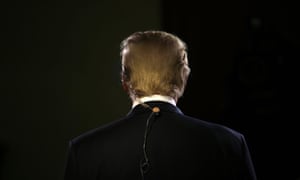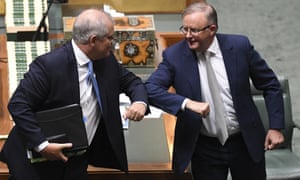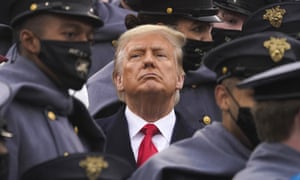While there have been setbacks, in Australia at least it would be hard to find many people distrusting of scientists
Being an epidemiologist in 2020 has been a very odd experience. This time last year, when I told people my job title, more than half the time I’d be met with a blank look and then the tentative question: “Is that … like a skin doctor?”
Explaining that it was more like a spreadsheet doctor rarely went down that well.
But the past 12 months have brought epidemiology, and science in
general, into the spotlight like never before. Suddenly epidemiologists
were appearing on TV daily to explain things like the basic and
time-variant reproductive numbers (R0 and R(t) respectively), or popping
up in people’s social media feeds to tell them about handwashing
technique and why it’s important.
Perhaps more importantly, behind the scenes scientists were conducting a truly staggering amount of research on Covid-19, to the point where there are about 200,000 published academic works concerning the disease that was only officially recognised 11 months ago. About 500 papers per day looking at everything from the basic science of the virus to how people feel about government restrictions and misinformation, and millions of people working across the world to find answers to the questions that we were desperately asking throughout the pandemic.
Looking at it one way, 2020 has been the year that science shone brightest. On 12 January, China publicly released the genetic sequence of Covid-19 to the world. Just under 340 days later, on 8 December, the first person received the vaccine against the coronavirus in the UK outside of a clinical trial, a fact that will surely go down in history as one of our greatest scientific achievements of the past 100 years. Yes, this built on earlier work, and yes, it was a monumental, global effort, but we put in place all of the necessary components to have not one but several 90%+ efficacious vaccines rolled out within a year of the onset of a new disease. Even the rapid dissemination of evidence has been impressive – imagine a pandemic without preprint servers or open scientific practices, where it could take months between scientists making a finding and it being disseminated. The effort that has gone into scientific research this year is nothing short of remarkable.
But the pandemic has also laid bare systemic issues in the way in which we gather evidence. The Surgisphere debacle, which led to retractions at two of the biggest journals in the world, was a huge problem. It was quickly corrected, but the fact that major journals could simply miss such fundamental flaws in the data underpinning the study cast a pall over much of the work done up until then in the pandemic. The retraction-based site RetractionWatch has chronicled more than 40 Covid-related retractions so far this year, which is a large but probably not entirely comprehensive list. Recently, a colleague and I raised concerns about a paper published in one of the biggest journals in the world – thus far there has been no action taken to address these nor much engagement with the issues from the authors or editors at all.
In many ways, 2020 has been the ultimate year of contrast for science. We have had some of the most amazing highs, including some incredibly impressive basic science and epidemiology, as well as lows that sometimes are almost comical. In a decade’s time, when we’re looking back, it’ll probably seem a bit funny that someone predicted 53 million deaths by May 2020 using “AI”, or that actual doctors have spent so much time promulgating the total myth that rising Covid-19 cases are nothing to worry about because of false positives. We might even laugh, perhaps a touch bitterly, at the terrible science that caused us to focus so intently on hydroxychloroquine, which after worldwide attention and countless billions spent on research we now know is probably useless for coronavirus.
Ultimately however, the proof is in the pudding, and in Australia I suspect it would be hard to find many people distrusting of science. There may have been setbacks, but when – despite the current outbreak – you live in one of the safest countries in the world, while our friends across the globe are struggling with uncontrollable outbreaks, it is easy to be a bit more trusting of the system that got us here. Trust in science in Australia is high, and while there are still lessons to learn for the next pandemic – because there will be a next pandemic – there are many places where we have clearly done a pretty good job.
And that’s really the story of science this year. Setbacks galore, and problems that we really need to fix, but also some of the most amazing work that has ever been done. As with most things in 2020, it’s a bit of a mixed bag.
• Gideon Meyerowitz-Katz is an epidemiologist working in chronic disease

















